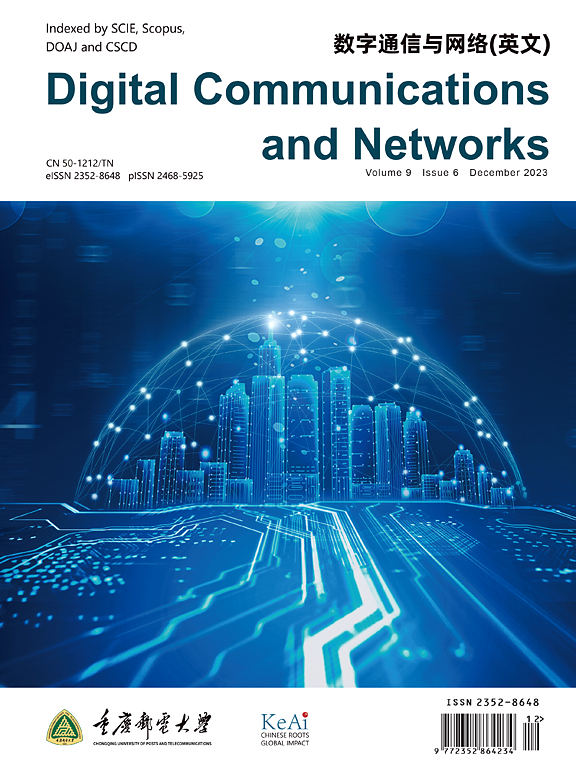Toward zero trust in 5G Industrial Internet collaboration systems
IF 7.5
2区 计算机科学
Q1 TELECOMMUNICATIONS
引用次数: 0
Abstract
With the introduction of 5G, users and devices can access the industrial network from anywhere in the world. Therefore, traditional perimeter-based security technologies for industrial networks can no longer work well. To solve this problem, a new security model called Zero Trust(ZT) is desired, which believes in “never trust and always verify”. Every time the asset in the industrial network is accessed, the subject is authenticated and its trustworthiness is assessed. In this way, the asset in industrial network can be well protected, whether the subject is in the internal network or the external network. However, in order to construct the zero trust model in the 5G Industrial Internet collaboration system, there are still many problems to be solved. In this paper, we first introduce the security issues in the 5G Industrial Internet collaboration system, and illustrate the zero trust architecture. Then, we analyze the gap between existing security techniques and the zero trust architecture. Finally, we discuss several potential security techniques that can be used to implement the zero trust model. The purpose of this paper is to point out the further direction for the realization of the Zero Trust Architecture (ZTA) in the 5G Industrial Internet collaboration system.
5G工业互联网协同系统迈向零信任
随着5G的引入,用户和设备可以从世界任何地方访问工业网络。因此,传统的基于边界的工业网络安全技术已经不能很好地发挥作用。为了解决这一问题,需要一种新的安全模型,称为零信任(Zero Trust, ZT),它相信“永远不信任,永远验证”。每次访问工业网络中的资产时,都要对主体进行身份验证并评估其可信度。这样,无论主体在内部网络还是外部网络,工业网络中的资产都可以得到很好的保护。然而,为了构建5G工业互联网协同系统中的零信任模型,仍有许多问题需要解决。本文首先介绍了5G工业互联网协同系统中的安全问题,并对零信任架构进行了阐述。然后,分析了现有安全技术与零信任体系结构之间的差距。最后,我们讨论了几种可用于实现零信任模型的潜在安全技术。本文旨在为5G工业互联网协同系统中零信任架构(Zero Trust Architecture, ZTA)的实现指明进一步的方向。
本文章由计算机程序翻译,如有差异,请以英文原文为准。
求助全文
约1分钟内获得全文
求助全文
来源期刊

Digital Communications and Networks
Computer Science-Hardware and Architecture
CiteScore
12.80
自引率
5.10%
发文量
915
审稿时长
30 weeks
期刊介绍:
Digital Communications and Networks is a prestigious journal that emphasizes on communication systems and networks. We publish only top-notch original articles and authoritative reviews, which undergo rigorous peer-review. We are proud to announce that all our articles are fully Open Access and can be accessed on ScienceDirect. Our journal is recognized and indexed by eminent databases such as the Science Citation Index Expanded (SCIE) and Scopus.
In addition to regular articles, we may also consider exceptional conference papers that have been significantly expanded. Furthermore, we periodically release special issues that focus on specific aspects of the field.
In conclusion, Digital Communications and Networks is a leading journal that guarantees exceptional quality and accessibility for researchers and scholars in the field of communication systems and networks.
 求助内容:
求助内容: 应助结果提醒方式:
应助结果提醒方式:


